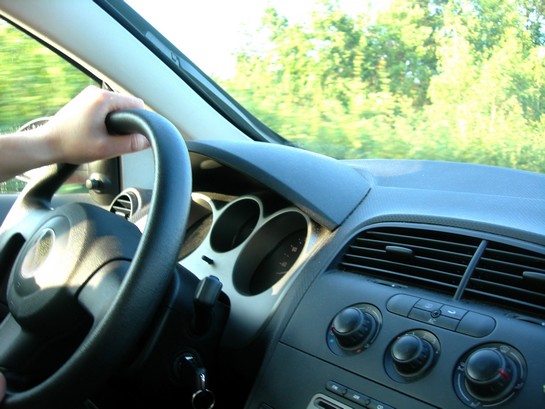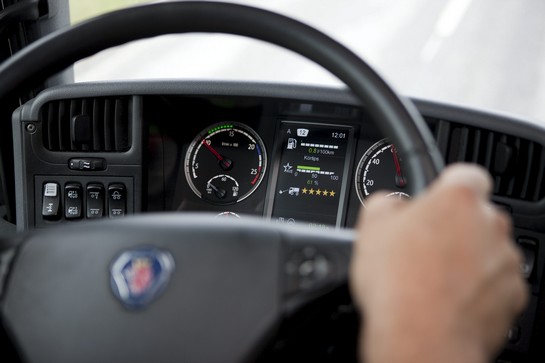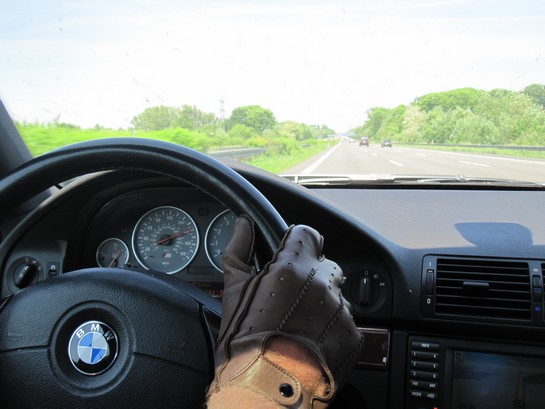
Many drivers who are conscious of keeping a safe following distance on faster roads let it lapse on urban ones, though this is unwise because things can happen very quickly in towns.
You also have to consider the convoy effect: when you have a line of vehicles the effects of anything that the vehicles in front do is exaggerated as it goes along the line. So, if the car in front slows down, the next driver has to react to that and slow down too, but needs to slow a little more to make up for the reaction time. This ripples down the ‘convoy’ with each driver having to compensate for reaction time until the person at the end has to brake hard or ever stop. Get too close, and the fact that a driver ten cars ahead of you had to slow to let someone turn off could see you driving into the car in front.
You can still occasionally apply the two-second rule in town when the traffic is moving, but keeping a safe distance also applies if you are stopped or crawling along. If you have allowed space it shouldn’t cause you problems if the car in front stalls, breaks down or rolls back, which means you won’t get into any problems with your car insurance company.

A simple rule of thumb for keeping your distance in queues is that when you stop you should still be able to see the back wheels of the vehicle in front. Use common sense, though: if it’s a truck with huge wheels you could stop underneath its back bumper and still see the wheels. Similarly, if you drive something with a tall bonnet, like a substantial 4×4, stopping so you can still see the wheels of a low sports car in front could mean stopping a long way back.
The simplest way of maintaining a safe following distance is the two-second rule because it doesn’t involve judging distances and it adapts itself to your speed.
The old advice used to be to maintain a meter gap per i mph of your speed, so at 30 mph it was 30 meters and at 50 mph it was 50 meters. Trouble is, most of us couldn’t accurately estimate 50 meters when standing still, never mind while driving at 50 mph, so the idea of timing it was put forward.

If you keep a two-second gap between you and the vehicle in front, it gives you time enough to react – the distance will automatically be greater at 50 mph than at 30 mph. There are many phrases you can use to time two seconds by saying them at normal talking speed: two favorites are ‘One elephant, two elephant’ and ‘Only a fool forgets the two-second rule’. In the rain you can extend them with an extra elephant or two or by adding ‘… especially in the rain’.
So, as the car in front passes a ‘marker’, say a sign or a mark or shadow on the road, you start saying the phrase – if you pass the marker before you’ve finished, you should back off.








